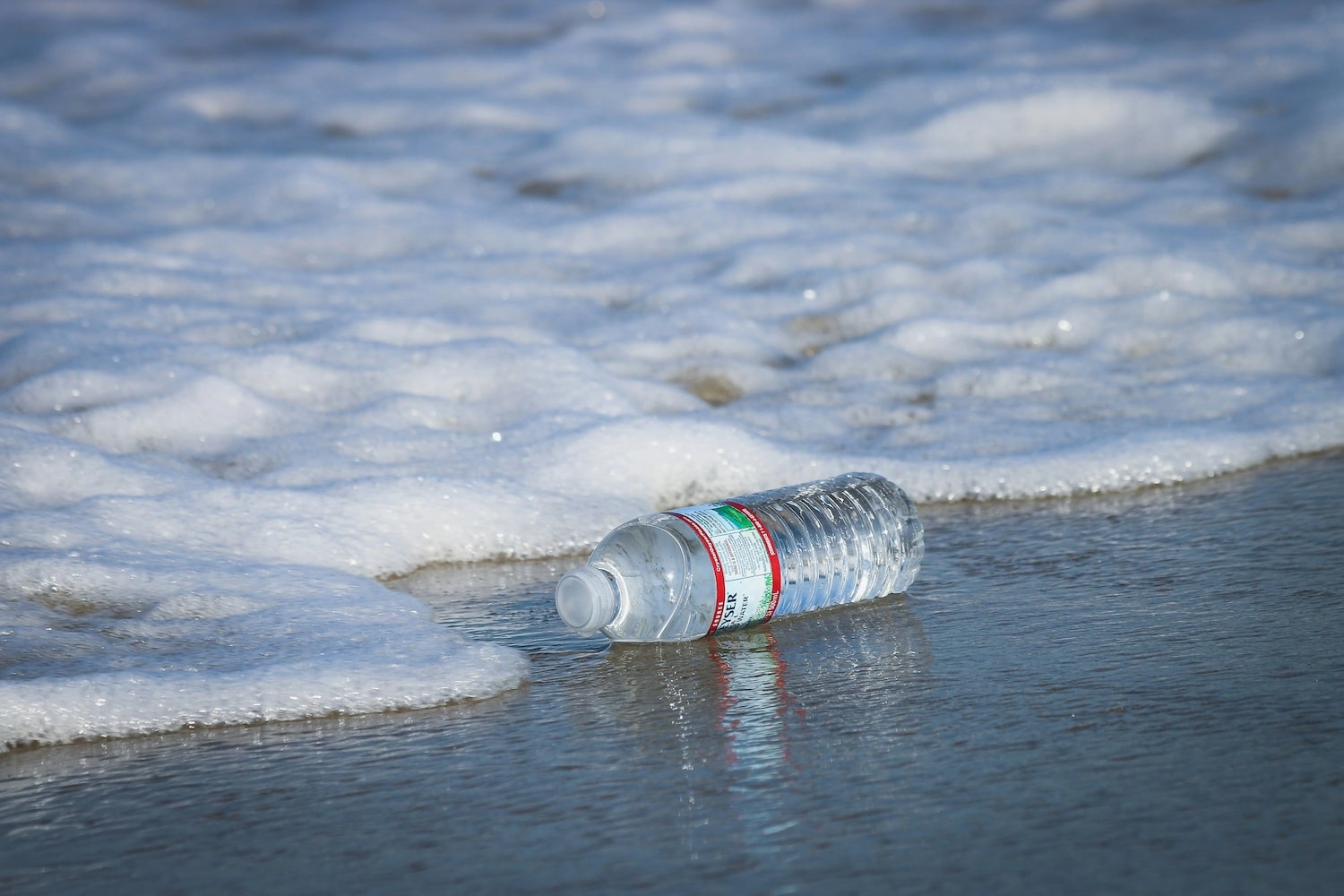The phrase "forever chemicals," or PFAS, has likely been in the news lately, and with good reason. An increasing number of drinking water systems are exhibiting these persistent compounds, even in cases where the water appears and tastes flawless. It's time to educate yourself with Filter United because of this. In this blog, we'll explore what PFAS are, why they’re dangerous, what’s happening with regulations, and—most importantly—how reverse osmosis (RO) offers a dependable solution.
1. PFAS: What Are They and Why Are They Known as "Forever Chemicals"?

Per- and polyfluoroalkyl substances, or PFAS for short, are a broad class of man-made chemicals that have been around since the middle of the 20th century. They are used in everything from firefighting to rain-resistant textiles and nonstick cookware.
The chemical makeup of PFAS is particularly concerning because of a strong carbon-fluorine bond that prevents them from decomposing naturally in the environment or in our bodies. They are known as "forever chemicals" for this reason.
2. Health Hazards: What Makes Them Important?
Alarms are being raised by scientists. Excessive exposure to PFAS has been connected to:
- Elevated cholesterol
- Reduced vaccination response, particularly in kids
- Problems with infant and child development
- Some cancers (such as kidney and testicular cancers)
More concerning correlations are being found by advocacy and research organizations, confirming that prolonged exposure, even at low levels, is a major worry.
3. Regulation Update: How Are PFAS Standards Progressing?
The regulatory environment for PFAS is rapidly changing:
The first nationally enforceable drinking water standards (also known as Maximum Contaminant Levels, or MCLs) for six PFAS compounds were finalized by the EPA in April 2024. About 100 million Americans were to be protected by the rule.
However, as of May 2025, the EPA announced that it is rolling back standards for four other PFAS types (e.g., GenX, PFHxS, PFNA, and PFBS) while keeping MCLs for PFOA and PFOS (set at 4 parts per trillion). The two retained chemicals may now have their enforcement deadlines extended until 2031.
More than 36 states have introduced more than 250 bills addressing PFAS in response to federal uncertainty; some are enacting their own drinking water limits or outright prohibiting the chemicals.
4. The Challenge: Why PFAS Are Hard to Treat
PFAS cannot be effectively reduced by boiling or traditional filtration; instead, they require specialized solutions. Due to their small size and distinct chemical makeup, they easily pass through the majority of conventional filters. Selecting a tried-and-true approach is crucial for homeowners concerned about PFAS.
5. The Fix: Reverse Osmosis
One of the best at-home techniques for lowering PFAS levels is reverse osmosis (RO):
- Many PFAS compounds, including long-chain and some short-chain types, can be eliminated by RO systems in 90–99% of cases.
- Why it works: RO uses a semi-permeable, high-pressure membrane that forces PFAS molecules into a "reject" stream while allowing clean water to flow through.
- RO membranes flush PFAS away continuously and remain effective over time, unlike activated carbon filters that trap PFAS and require frequent replacement.
- RO's remarkable PFAS removal in a variety of settings is confirmed by numerous studies, including pilot projects employing cutting-edge TFN membranes.
Tip: No system can ensure complete elimination, particularly for newly discovered PFAS compounds. However, if you're looking for the strongest in-home defense, RO system is your best bet.
6. The Significance of the VIVA21 RO System for Your Health
Filter United's VIVA21 system excels in this situation:
- Based on reliable RO technology, it lowers heavy metals, chlorine, and other undesirable pollutants in addition to PFAS.
- Made to be easily maintained, you can enjoy excellent protection without the trouble.
- Supported by openness, we advise you to test your water and contrast the outcomes before and after the filter.
7. Actions You Can Take Immediately
- If you suspect PFAS contamination or are on a private well, get your water tested.
- Investigate local norms; state laws might provide more stringent safeguards than the federal minimum.
- Install a high-quality RO system made especially to lower PFAS, such as VIVA21.
- Maintain your system, plan regular testing, and change your filters on a regular basis.
8. Final Thoughts
Although PFAS contamination is a severe and expanding issue, it is something you can manage at home. An efficient RO system provides a reliable safeguard both now and in the future, despite the unpredictability of the federal regulatory environment.
We at Filter United are committed to providing you with dependable, safe clean water. The VIVA21 RO system offers peace of mind in addition to water.





